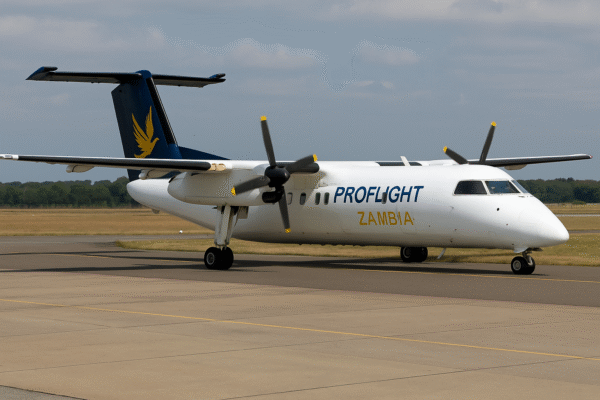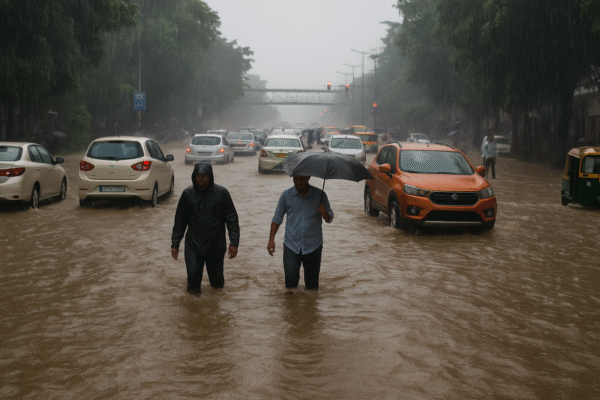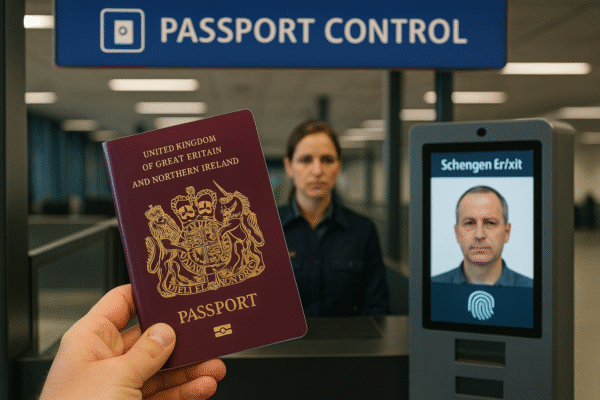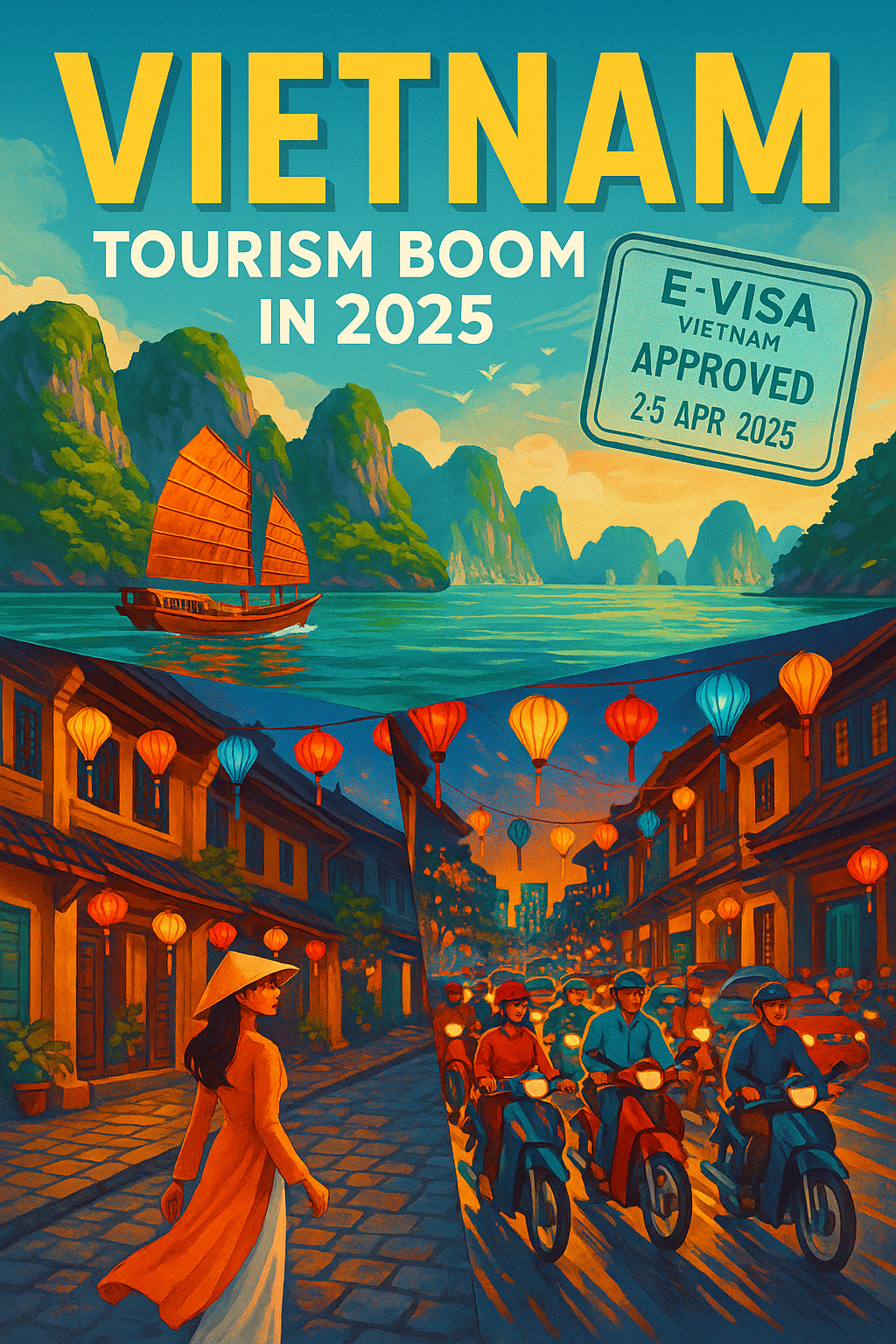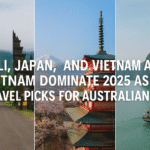HANOI, Vietnam — Vietnam’s tourism industry is experiencing an extraordinary resurgence in 2025, solidifying its position as one of Southeast Asia’s most dynamic travel markets. According to new data released by the Vietnam National Authority of Tourism (VNAT), the country welcomed over 6 million international visitors in the first quarter of 2025, marking a 29.6% year-on-year increase and generating a staggering US$9.3 billion in tourism revenue.
This strong start to the year follows a remarkable recovery trajectory since the COVID-19 pandemic. After international arrivals dropped to 3.4 million in 2022, Vietnam saw an exponential rise to 12.6 million in 2023, then surged again to 17.5 million in 2024—just shy of the 18 million record set in 2019. The pace of 2025 suggests that Vietnam is on track to exceed pre-pandemic levels and could reach the government’s ambitious goal of 22–23 million visitors by year-end.
January 2025 Sets All-Time Monthly Record
January alone welcomed 2.1 million visitors, an increase of 36.9% over January 2024 and a massive 37.8% jump compared to January 2019. This marks Vietnam’s best-ever monthly performance in terms of foreign tourist arrivals. The country’s top destinations—Ho Chi Minh City, Hanoi, Hoi An, and Hue—all reported record footfall, with international travelers returning to iconic historical sites, culinary streets, and cultural events.
Visa Reforms Key to Vietnam’s Global Tourism Appeal
A major driver behind Vietnam’s tourism boom in 2025 has been transformational visa policy reform. In 2023, the government rolled out 90-day e-visas and expanded visa exemption programs for select European countries, Japan, South Korea, and ASEAN nations. These initiatives were designed to streamline entry for leisure and business travelers, and the payoff is now evident.
In January 2025, Chinese tourist arrivals surged by 48%, following Vietnam’s renewed bilateral travel agreements and easier visa procedures. European markets also responded positively, with arrivals from France, Germany, and the UK climbing over 20% year-on-year. The United States, Canada, and South Korea have all posted double-digit increases, indicating growing long-haul interest in Vietnam.
Domestic Tourism Maintains Strong Momentum
Vietnam’s international recovery has been complemented by resilient domestic travel, which has become a stabilizing force in the nation’s overall tourism ecosystem. According to VNAT, domestic tourism jumped from 101 million trips in 2022 to 108 million in 2023, and reached 110 million in 2024. As of May 2025, 61.5 million domestic trips had already been recorded, driven by public holidays, weekend city escapes, and family travel.
Domestic hotspots such as Da Nang, Nha Trang, Sapa, and the Mekong Delta have all benefited from local tourism campaigns and affordable travel options, with continued investment in rail, road, and aviation connectivity helping to support nationwide travel demand.
Regional Competition and Infrastructure Challenges
Despite this momentum, Vietnam faces growing competition from neighboring countries like Thailand, Indonesia, and the Philippines, all of which are aggressively targeting the international tourism market. Infrastructure constraints—particularly in airport capacity, transportation networks, and hospitality staffing—are among the main challenges Vietnam must address to maintain its competitive edge.
To support sustainable growth, the Ministry of Culture, Sports and Tourism (MCST) has prioritized major infrastructure upgrades, smart tourism platforms, and diversified marketing campaigns targeting digital-first travelers. Efforts are also underway to improve the quality of tourism services in line with rising expectations from global visitors.
Government Strategy and Outlook
Vietnam’s tourism strategy for 2025 and beyond includes the development of themed tourism products—ranging from wellness travel and ecotourism to gastronomy and adventure offerings—tailored to meet evolving consumer preferences. International marketing campaigns under the banner “Live Fully in Vietnam” have been rolled out in key source markets, with a focus on showcasing the country’s authentic experiences, rich heritage, and natural beauty.
As part of its sustainable development roadmap, Vietnam is also promoting community-based tourism, particularly in ethnic minority regions and less-visited provinces. This is expected to help ease pressure on popular destinations while spreading tourism revenue more equitably.
A Bright Future for Vietnam’s Tourism Economy
With strategic reforms, strong demand, and consistent government backing, Vietnam’s tourism sector is on track for a historic year in 2025. If current trends hold, the country may not only meet but exceed its annual international tourism targets, reinforcing its reputation as a top-tier travel destination in the Asia-Pacific region.
Whether it’s exploring Hanoi’s centuries-old Old Quarter, cruising Ha Long Bay’s emerald waters, savoring street food in Ho Chi Minh City, or unwinding on Phu Quoc’s beaches, Vietnam is once again capturing the hearts of global travelers.
For the world’s wanderers in 2025, Vietnam offers more than just a destination—it promises an unforgettable journey.
For more travel news like this, keep reading Global Travel Wire



